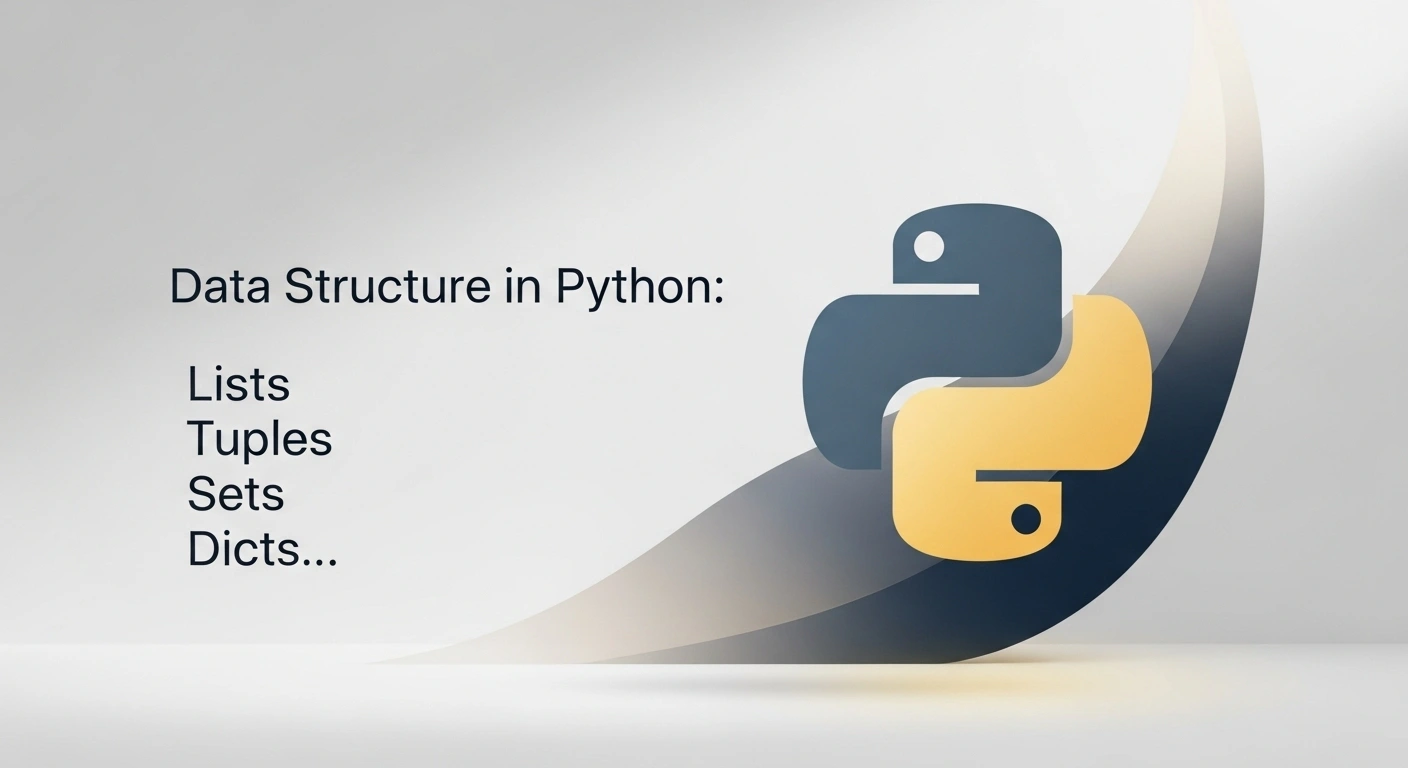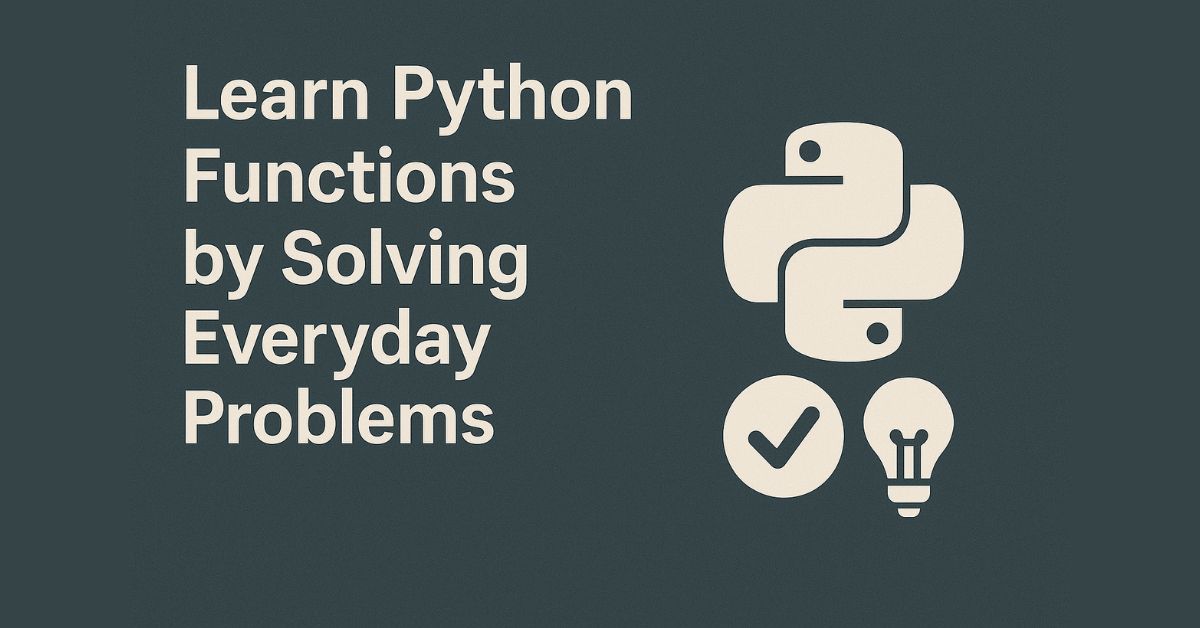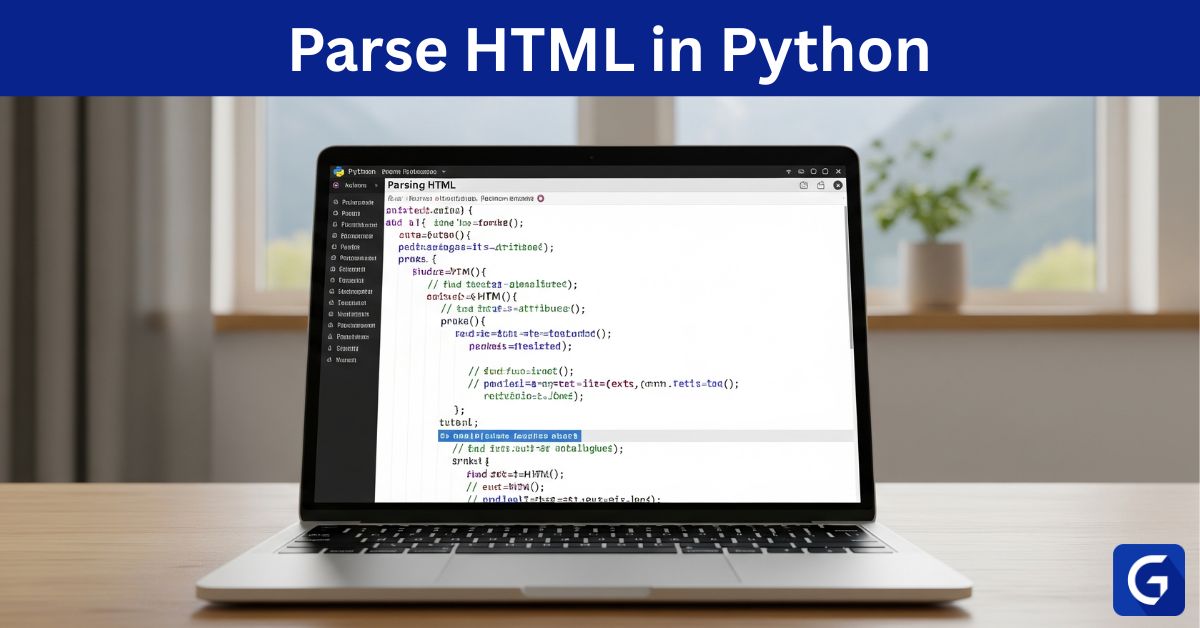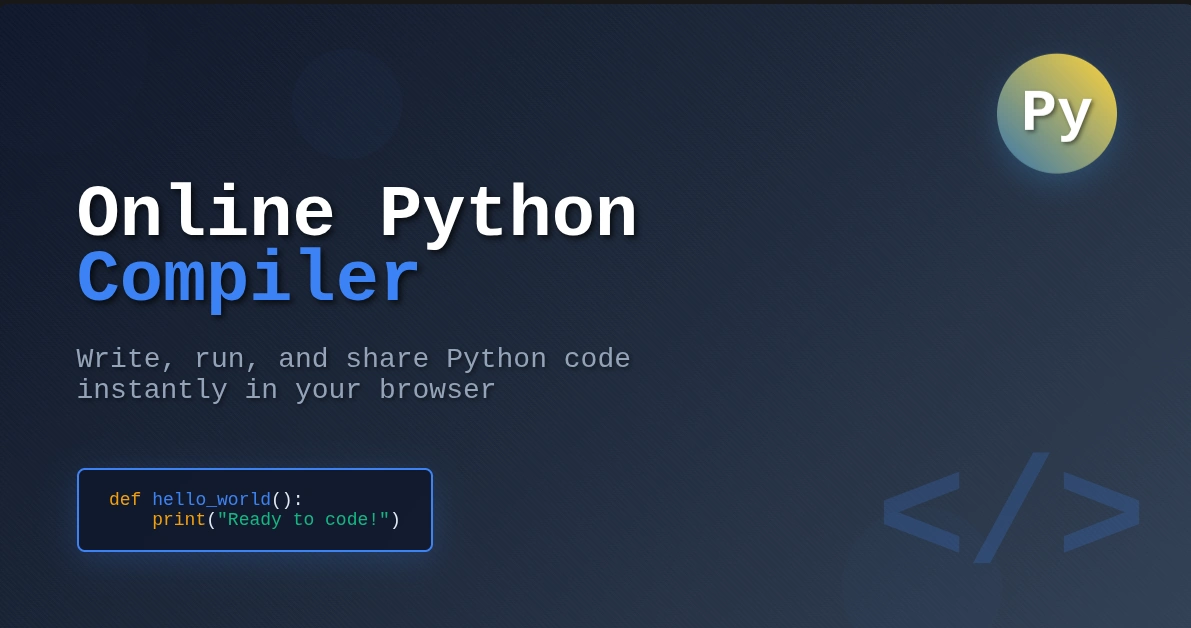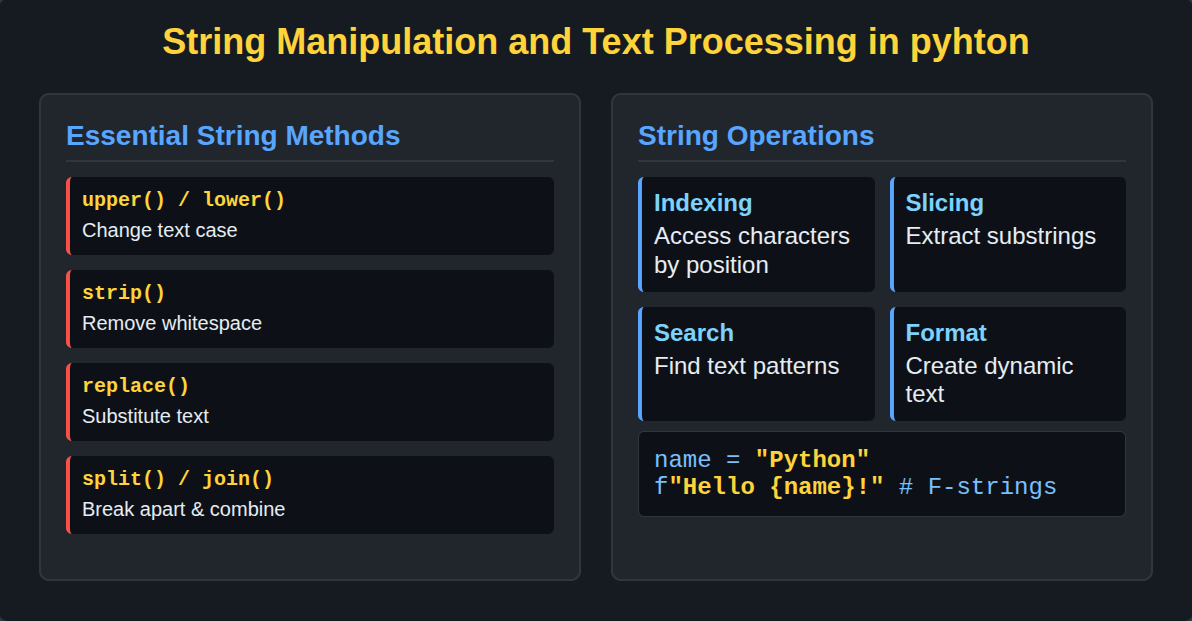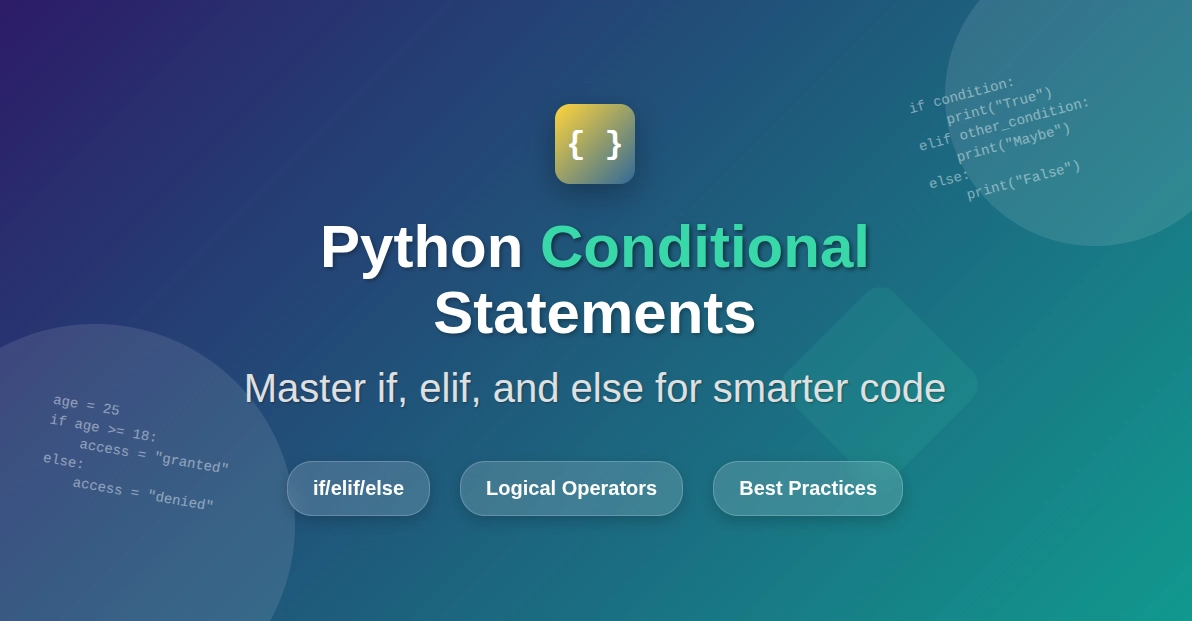Choosing the right data structure in Python is a critical skill that separates novice coders from expert developers. Whether you’re building a scalable web app, processing big data, or crafting machine learning pipelines, your choice of data structure can drastically impact performance, readability, and maintainability.
In this comprehensive guide, we’ll break down Lists, Tuples, Sets, and Dictionaries, the four fundamental Python data structures to help you pick the right tool for your project. Along the way, you’ll discover the trade-offs and best use cases that can optimize your code for speed and clarity.
Why Choosing the Right Data Structure Matters
Data structures are the backbone of any application. The right choice:

- Improves Efficiency: Faster data access and manipulation.
- Enhances Code Clarity: Cleaner, more maintainable code.
- Reduces Memory Usage: Optimal resource utilization.
- Enables Scalability: Handles growth without major refactoring.
Choosing poorly can lead to slow applications, buggy behavior, and costly rewrites down the line.
Quick Overview: Lists, Tuples, Sets, and Dictionaries
| Data Structure | Mutable? | Ordered? | Duplicates Allowed? | Use Case Examples |
| List | Yes | Yes | Yes | Maintaining an ordered collection of items (e.g., user input history) |
| Tuple | No | Yes | Yes | Fixed collections (e.g., database records, coordinate points) |
| Set | Yes | No | No | Unique elements, fast membership testing (e.g., removing duplicates) |
| Dict | Yes | Yes* | Keys: No, Values: Yes | Key-value pairs for fast lookup (e.g., user profiles, config settings) |
*Since Python 3.7, dictionaries maintain insertion order.
Choosing the right data structure is a foundational skill that underpins your ability to write clean, efficient, and scalable Python code. Start mastering these essentials today and accelerate your path to becoming a top-tier developer.
In this course, you will learn the fundamentals of Python: from basic syntax to mastering data structures, loops, and functions. You will also explore OOP concepts and objects to build robust programs.
Deep Dive: When to Use Each Python Data Structure
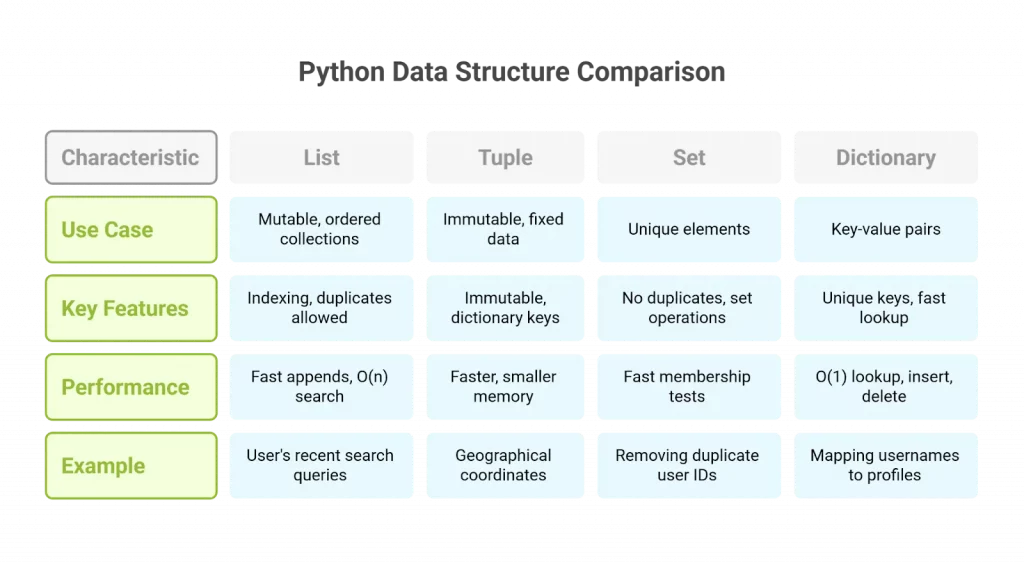
1. Lists: Your Go-To for Ordered, Mutable Collections
- Use When: You need an ordered sequence of elements that may change, add, remove, or modify items.
- Key Features:
- Supports indexing, slicing, and appending.
- Allows duplicates and heterogeneous data types.
- Performance:
- Fast appends (O(1)) and lookups by index (O(1)).
- Searching is O(n) if not indexed.
Example: Storing a user’s recent search queries where order and duplicates matter.
search_queries = ["python tutorial", "data structures", "python tutorial"]
search_queries.append("machine learning")
Want to strengthen your understanding of core operations? Learn how to remove items from a list in Python using different techniques and best practices.
2. Tuples: Immutable Ordered Sequences for Fixed Data
- Use When: You want an ordered collection that should not change after creation.
- Key Features:
- Immutable (cannot add, remove, or modify elements).
- Can be used as dictionary keys due to immutability.
- Performance:
- Slightly faster than lists due to immutability and smaller memory footprint.
Example: Storing geographical coordinates (latitude, longitude).
location = (37.7749, -122.4194)
Understand the difference between mutable and immutable types in Python and how it affects data structures, memory usage, and program behavior.
3. Sets: Unordered Collections of Unique Elements
- Use When: You need to store unique items and perform fast membership checks or set operations.
- Key Features:
- No duplicates allowed.
- Supports union, intersection, difference operations.
- Unordered, so no indexing.
- Performance:
- Very fast membership tests (O(1) average case).
Example: Removing duplicates from a list of user IDs.
user_ids = [101, 102, 103, 101, 104]
unique_user_ids = set(user_ids)
4. Dictionaries: Key-Value Pairs for Fast Lookup
- Use When: You want to associate unique keys to values for quick access.
- Key Features:
- Keys must be immutable and unique.
- Values can be any data type, duplicates allowed.
- Ordered as of Python 3.7+
- Performance:
- Average lookup, insert, and delete operations run in O(1).
Example: Mapping usernames to their profile information.
user_profiles = {
"alice": {"age": 25, "location": "NYC"},
"bob": {"age": 30, "location": "SF"},
}
How to Decide: A Practical Checklist
| Question | Choose |
| Do you need to modify the collection after creation? | List or Set (mutable) |
| Should order be preserved? | List or Tuple or Dict |
| Are duplicates allowed? | List or Tuple or Dict Values |
| Need to store unique items only? | Set |
| Need key-based lookup? | Dict |
| Do you want immutability for safety or performance? | Tuple |
Explore how the stack data structure works in Python and its role in solving real-world problems using LIFO operations.
Real-World Example: Building a Contact Book App
| Requirement | Best Data Structure | Why? |
| Store contacts in order of addition | List | Maintains order, allows duplicates |
| Store unique phone numbers | Set | Ensures no duplicates |
| Map contact names to phone details | Dict | Fast key-value lookup |
| Store coordinates of contact location | Tuple | Fixed data, immutable |
Pro Tips for Mastering Python Data Structures
- Use Lists when order and mutability are essential but avoid huge datasets requiring frequent membership tests.
- Choose Tuples for fixed data and as dictionary keys.
- Employ Sets to remove duplicates and perform set algebra.
- Leverage Dictionaries for associative arrays with near-instant lookup.
- Profile your code with Python’s timeit or cProfile modules to make data-driven optimization decisions.
Preparing for interviews? Review these Python interview questions to test your understanding and sharpen your coding fundamentals.
Conclusion
Knowing these basic data structures is important, not only for coding, but for your whole developer career. It is important for developers to pick the right data structures in order to make their work better and more scalable.
Take the next step in your coding journey with this Python Programming course, a comprehensive program designed for learners at all levels. Establish a solid foundation in Python and progress to advanced expert-level concepts through hands-on practice and real-world projects.
Work with Python’s data structures and much more to make apps that capacity work well and respond under heavy load. You will study data structures, algorithms, OOP and a host of other topics to make you a successful Python developer.
Frequently Asked Questions(FAQ’s)
1. What is the difference between how much memory lists and tuples consume?
Tuples use less memory than lists because they cannot be changed. Since lack of change in tuples is assured, Python stores them with a smaller footprint. Once a list is created, it often takes additional room in memory for easy changes and adjustments. That is why tuples work well when you want a constant collection that won’t take up too much memory.
2. Can I have sets consisting of lists or dictionaries?
Sets are not able to hold mutable objects like lists or dictionaries, because such objects cannot be hashed. If pieces in a set are undefinable (immutable) and hashable, the sets maintain their distinct values and can look them up faster. Adding a list or dictionary to a set in Python will cause Python to raise a TypeError. Still, you can place immutable types such as tuples inside sets.
3. What happens if I try to use a list as a dictionary key?
You cannot use a list as a dictionary key because lists are mutable and therefore unhashable. Dictionary keys must be immutable and hashable to ensure consistent and fast lookup. Attempting to use a list as a key will result in a TypeError: unhashable type: ‘list’. Use tuples instead if you need to use sequences as keys.
4. How do Python dictionaries handle key collisions internally?
Python dictionaries use a hash table to store key-value pairs. When two keys produce the same hash value (a collision), Python resolves this using open addressing with probing to find the next available slot in the hash table. Since this approach finds values quickly when collisions happen, only a few of them should take place since they can slow down the system.
5. Are these data structures safe to use in multi-threaded programs?
As a rule, lists, tuples, sets and dictionaries included with Python are not safe to modify from separate threads at the same time. Although the GIL defends against low-level memory corruption, running many threads together may lead to data that changes in an unintended way. To make your multi-threaded applications safe, work with collections designed for this, like queue.Queue or make use of threading.Lock primitives.
